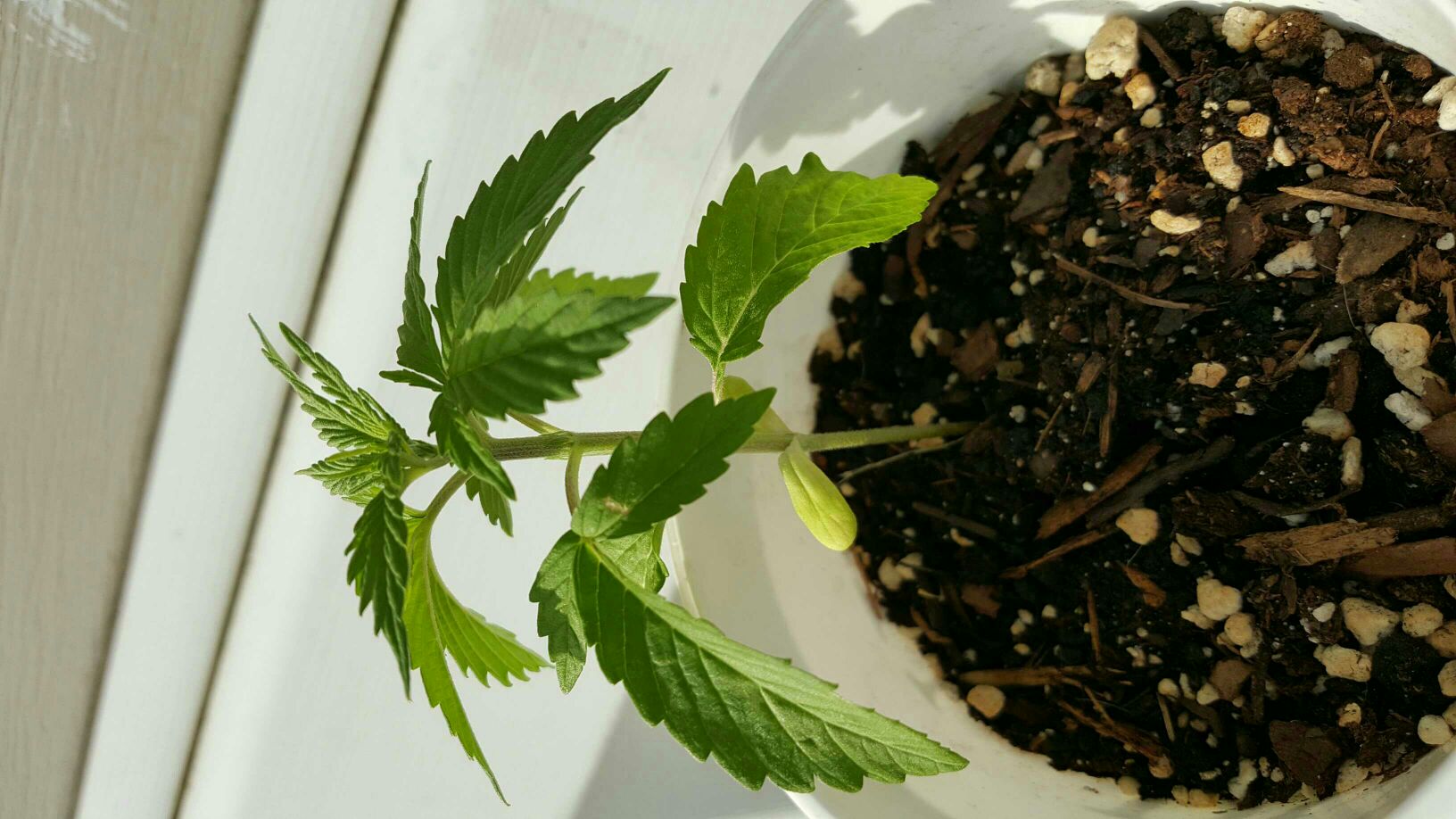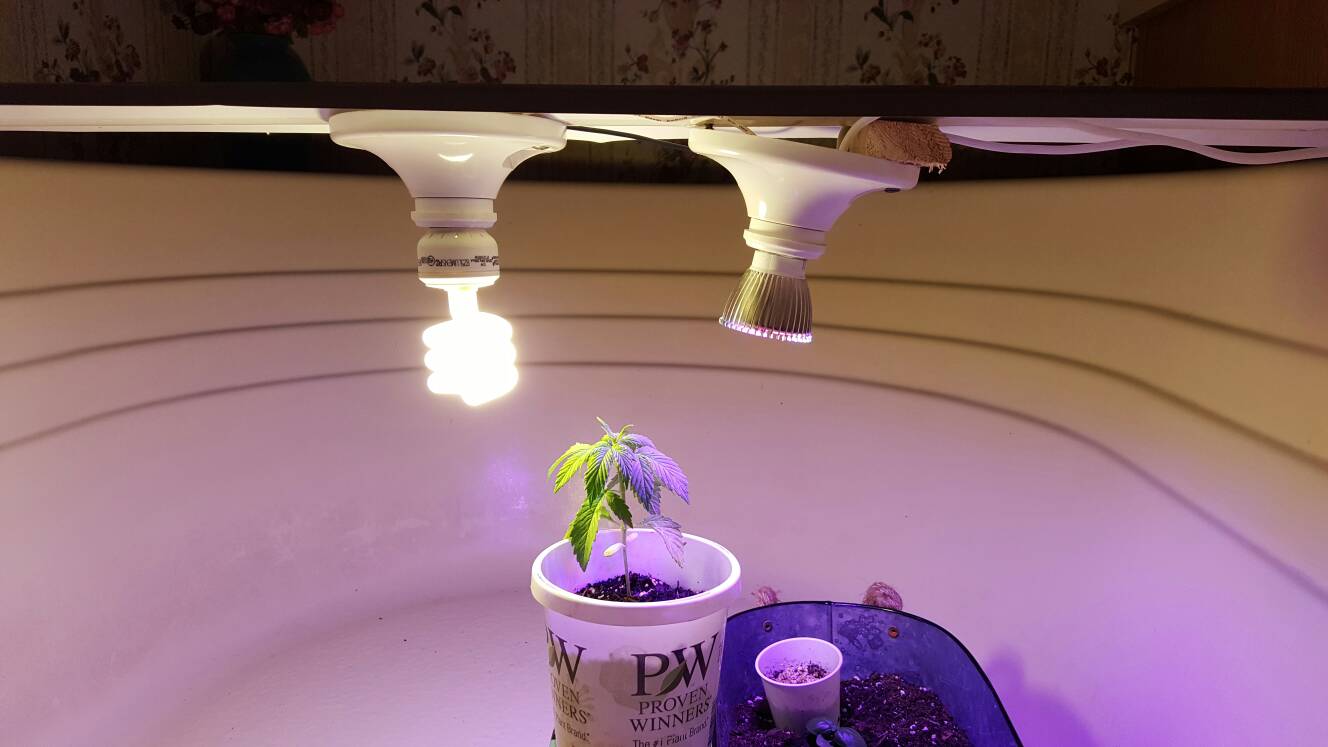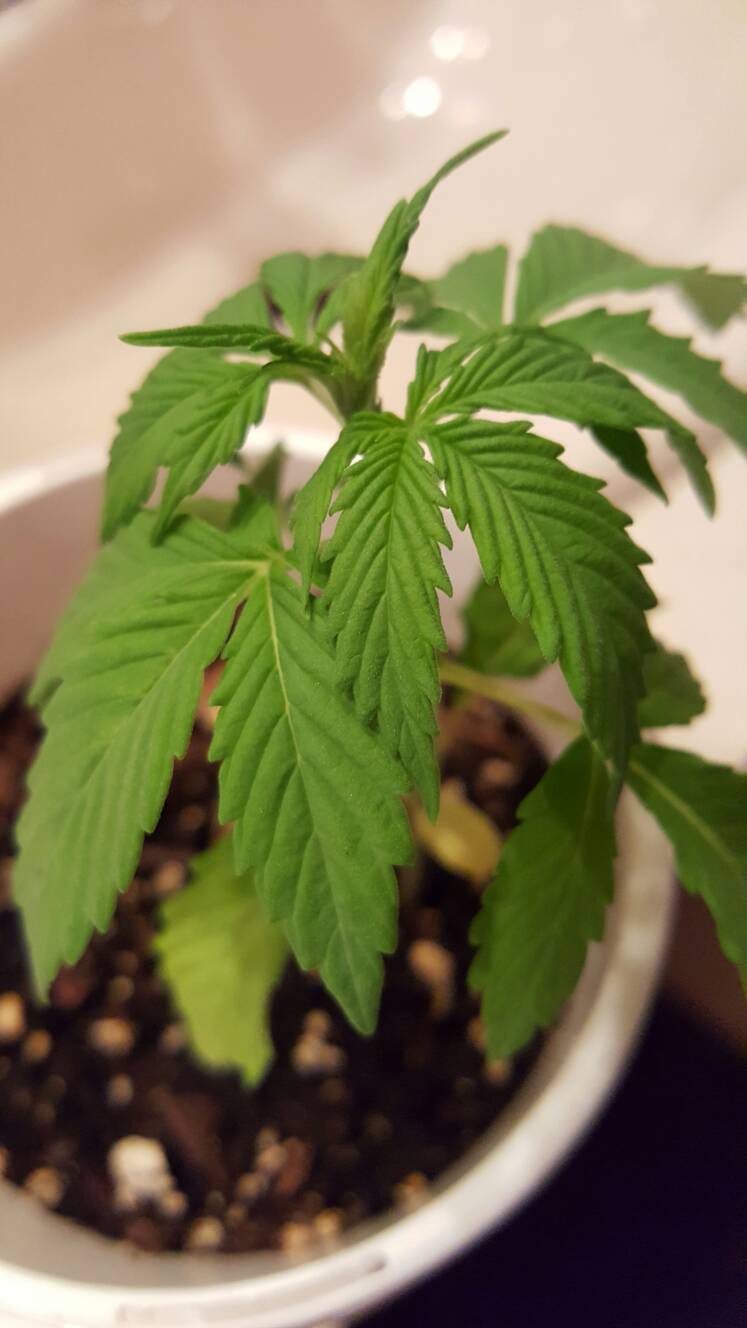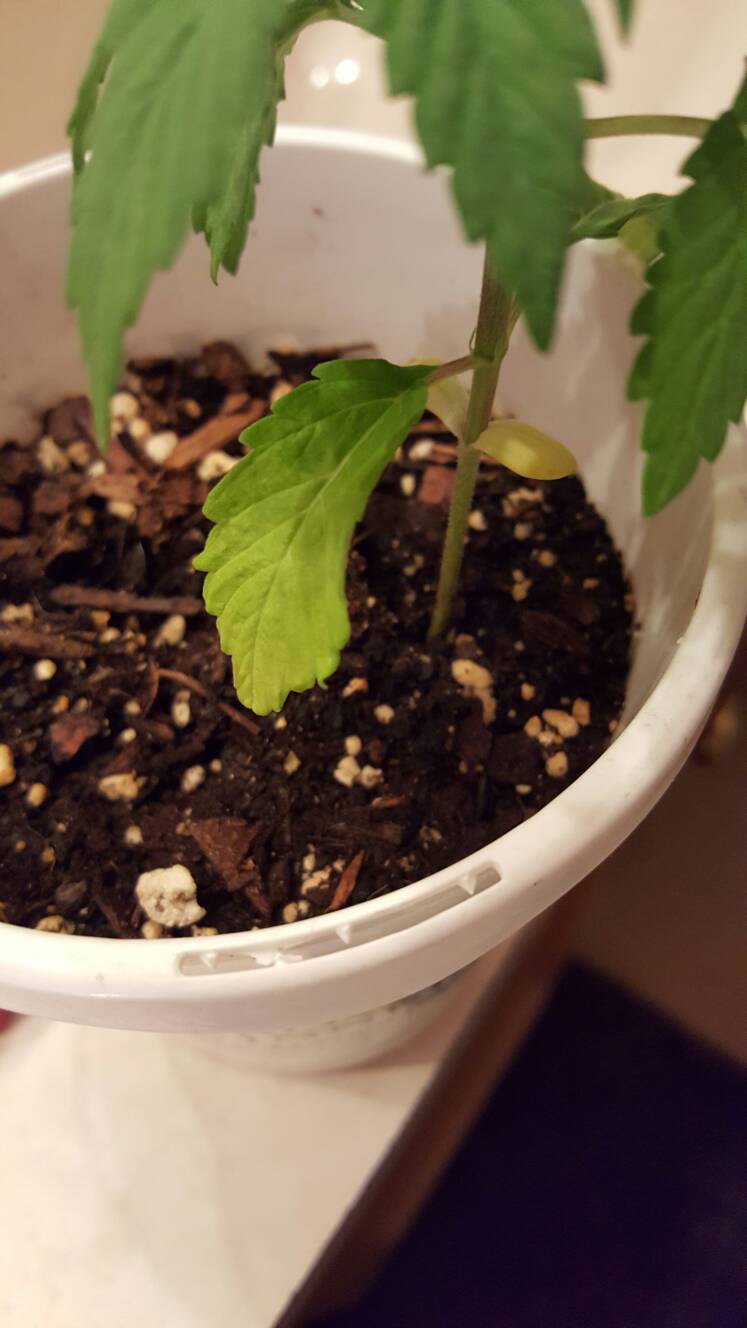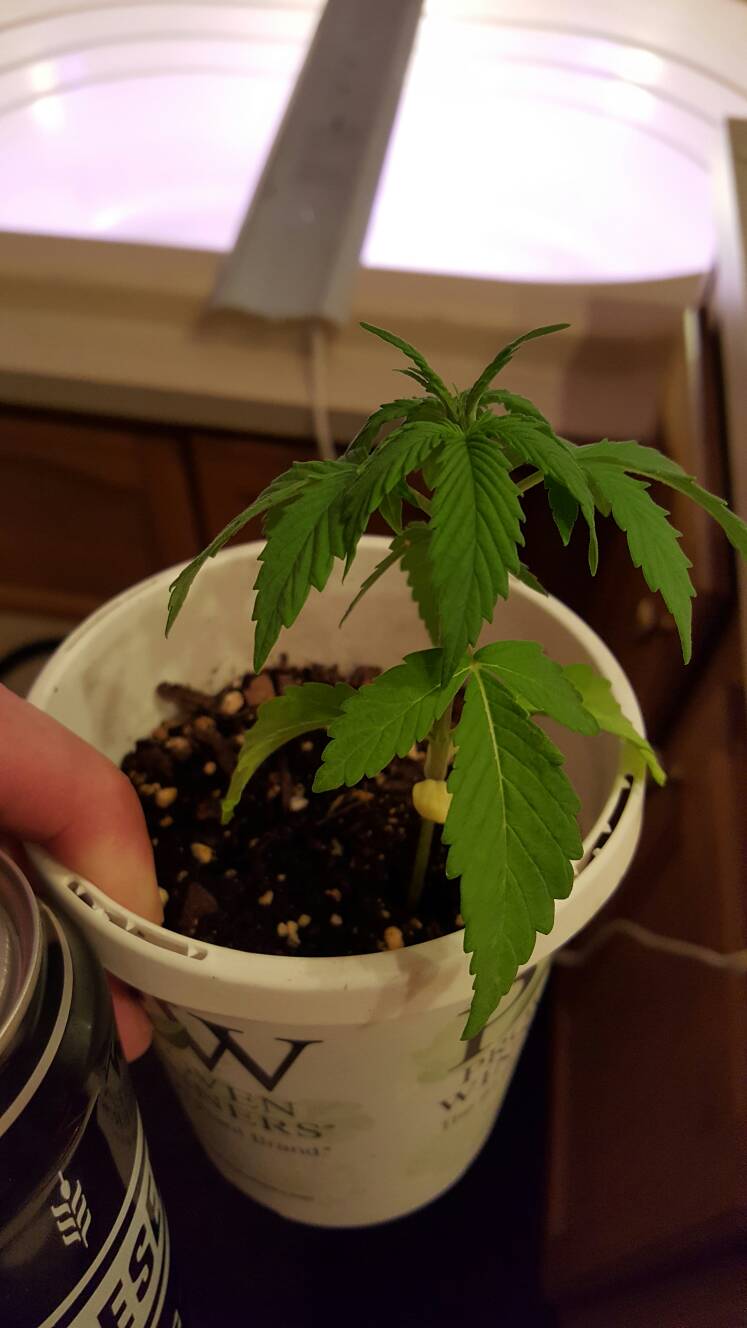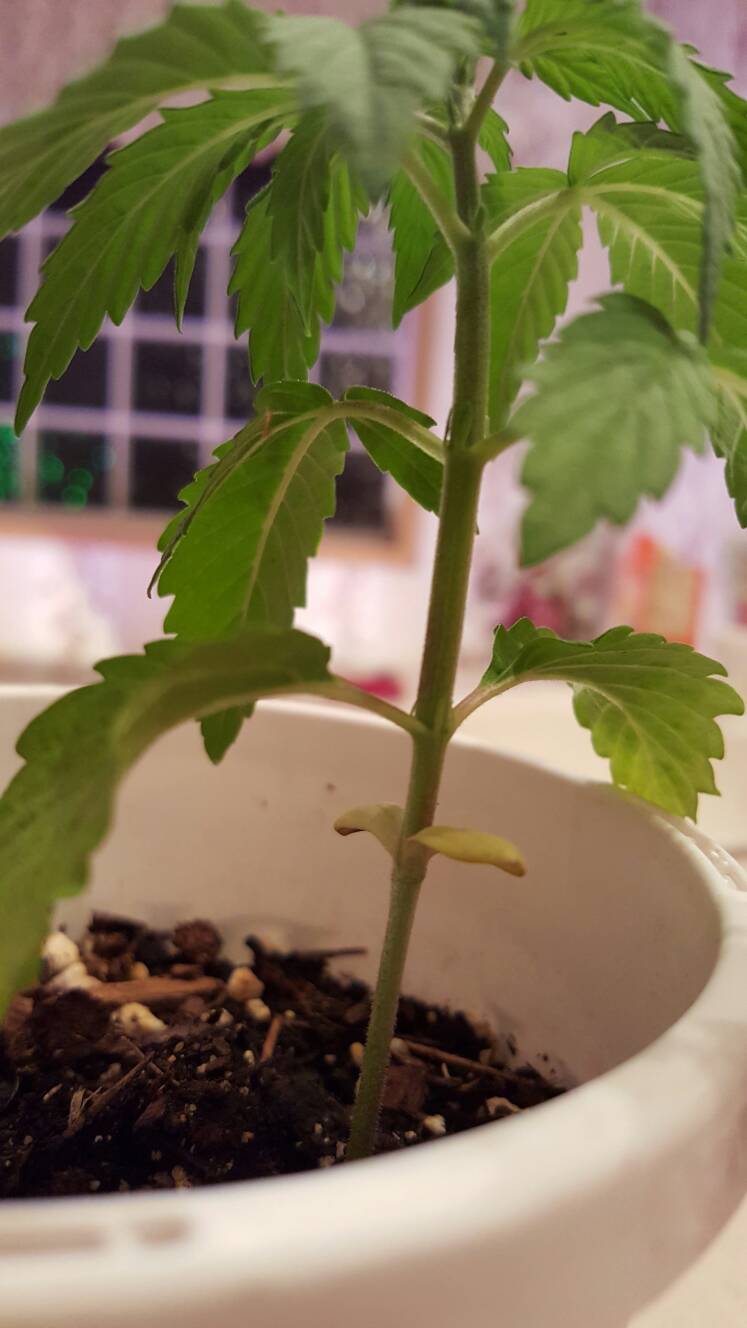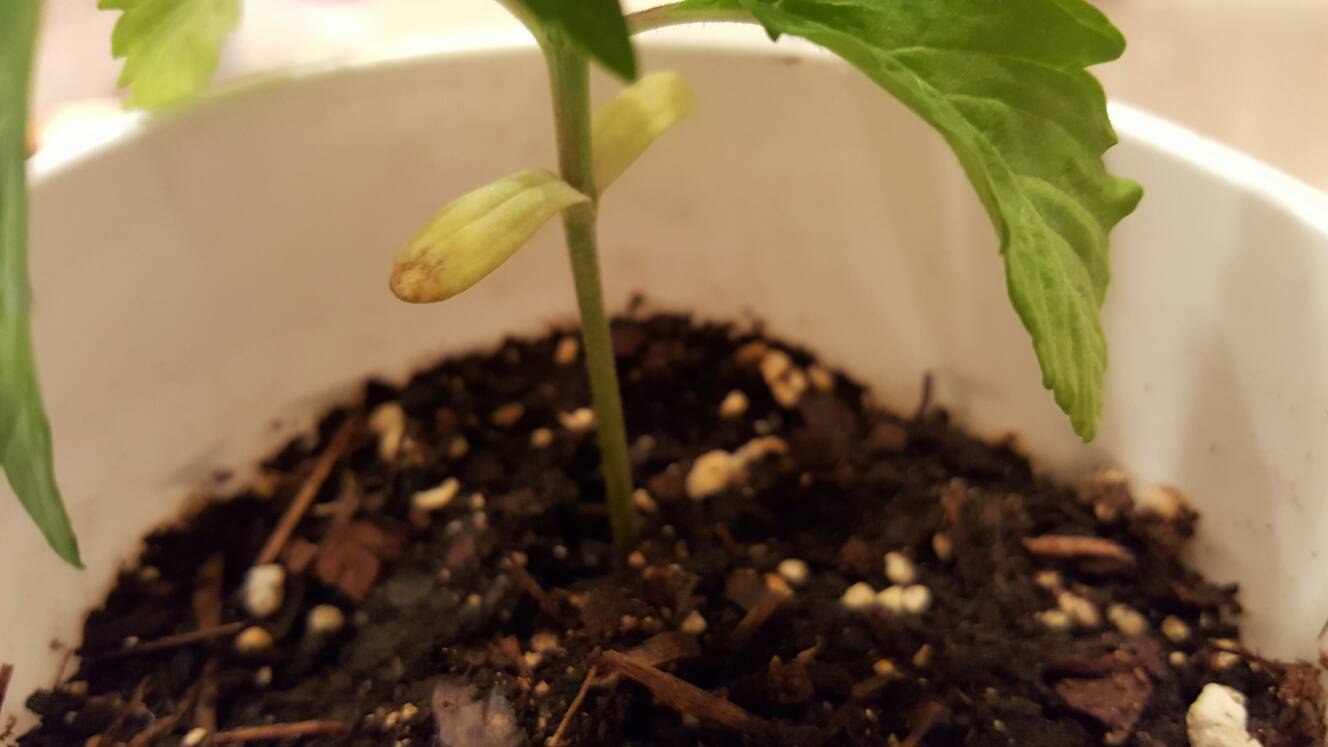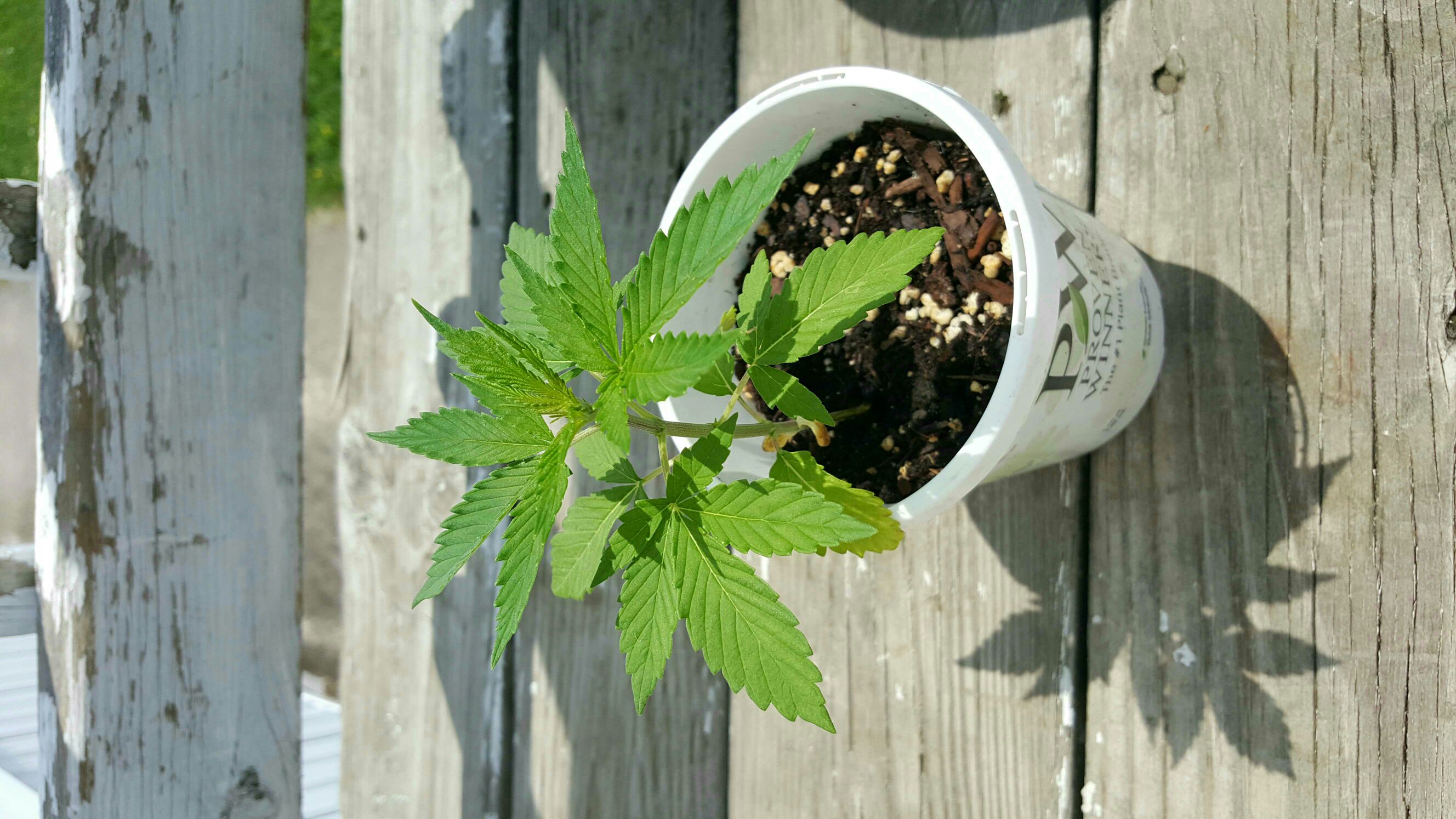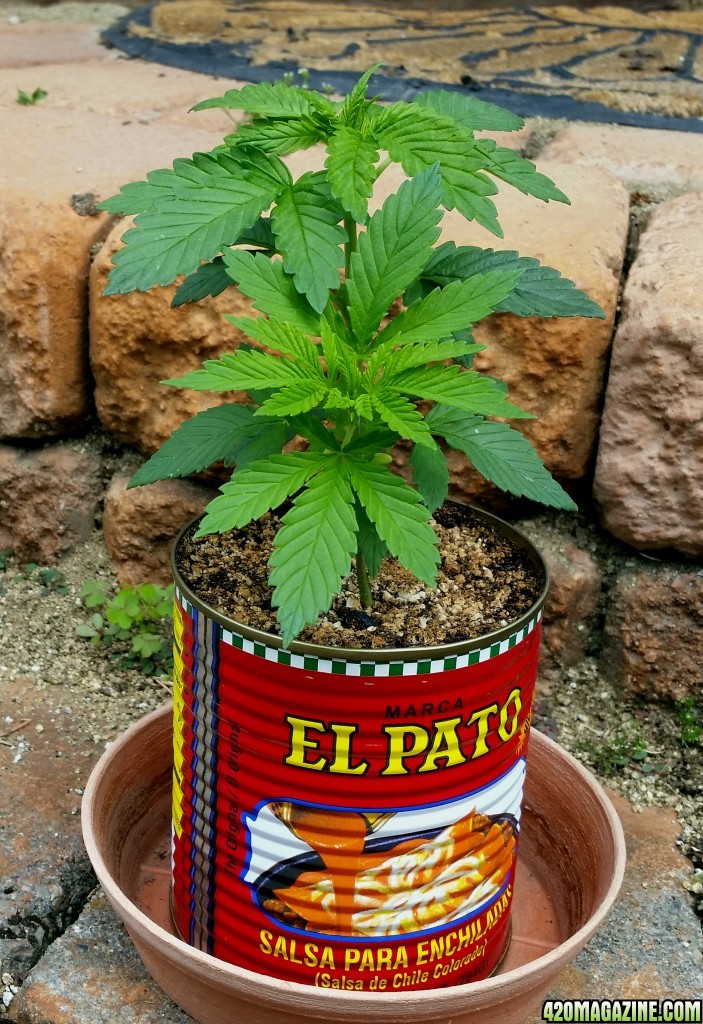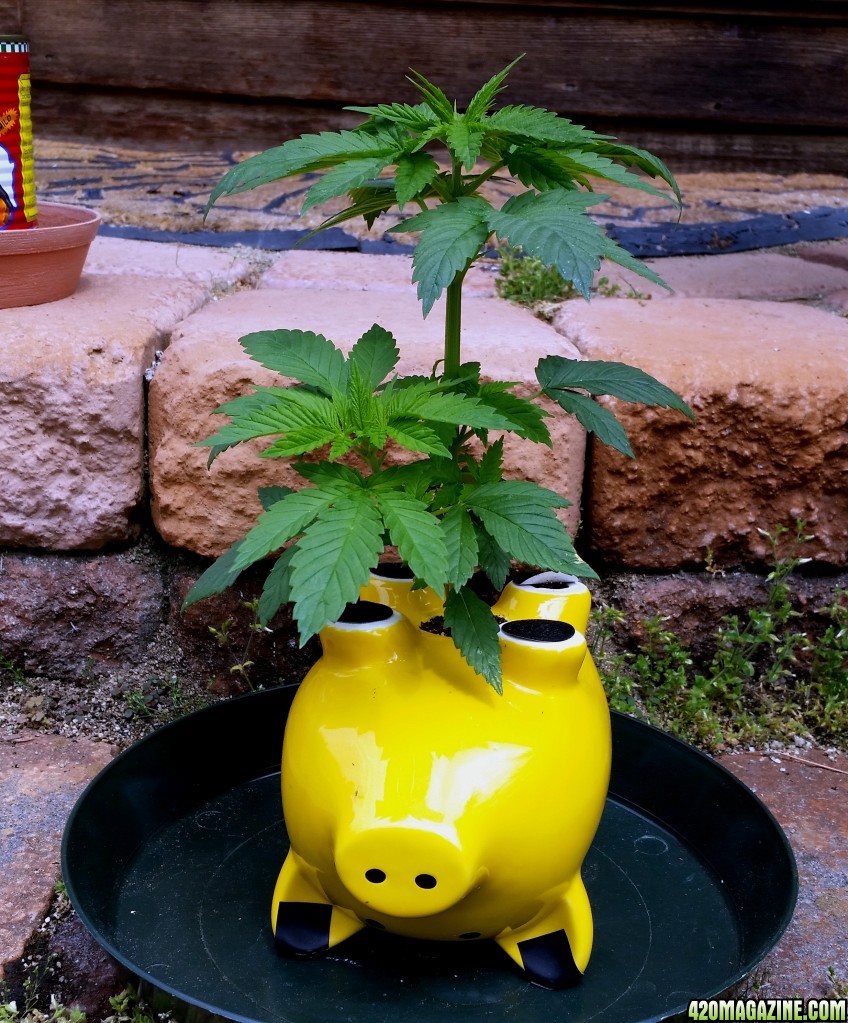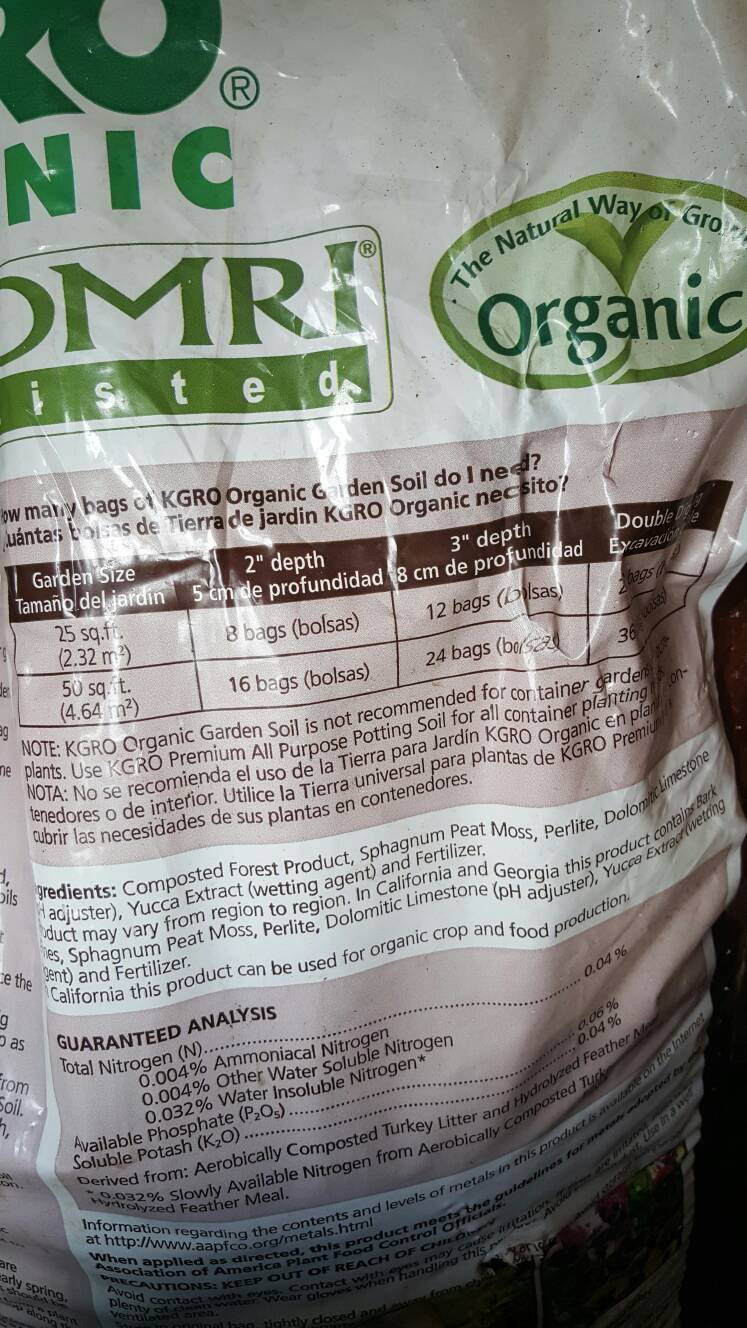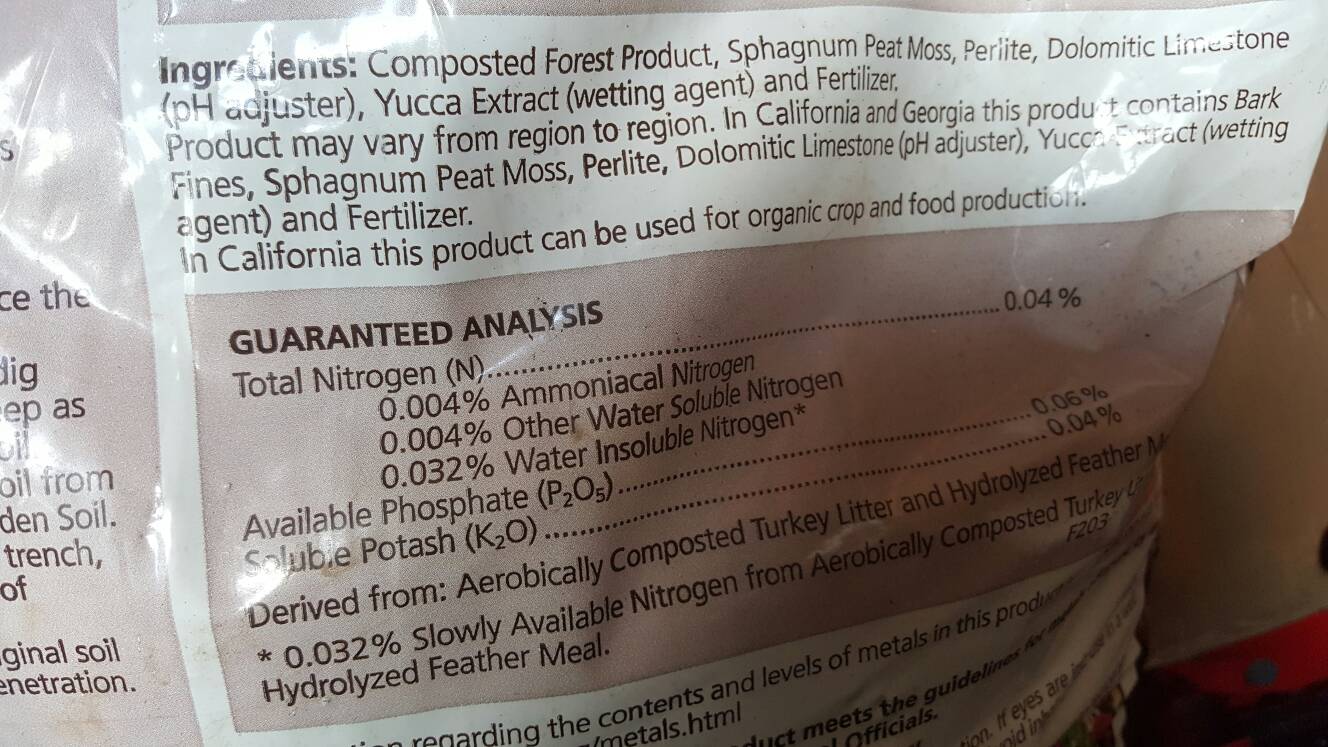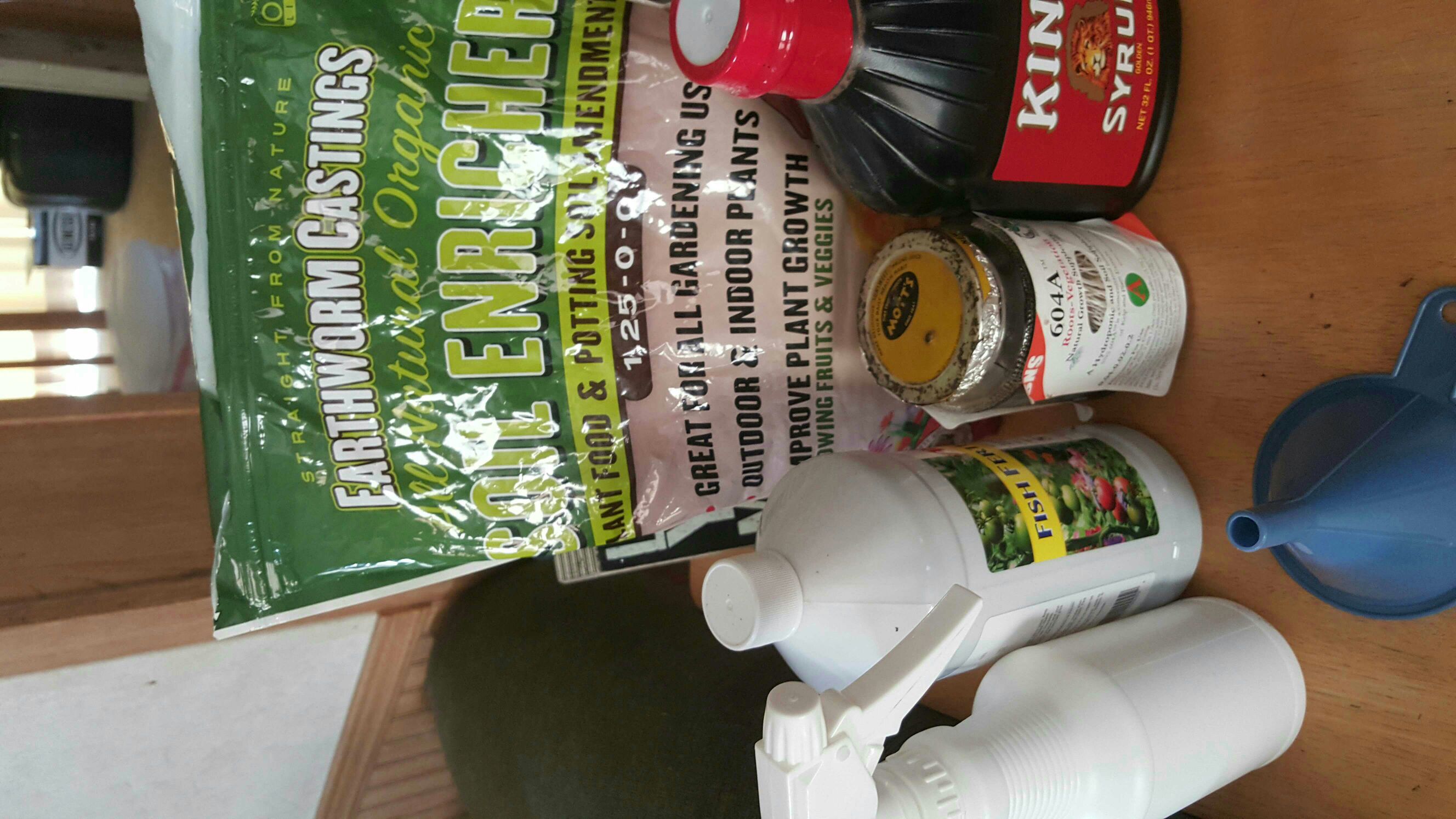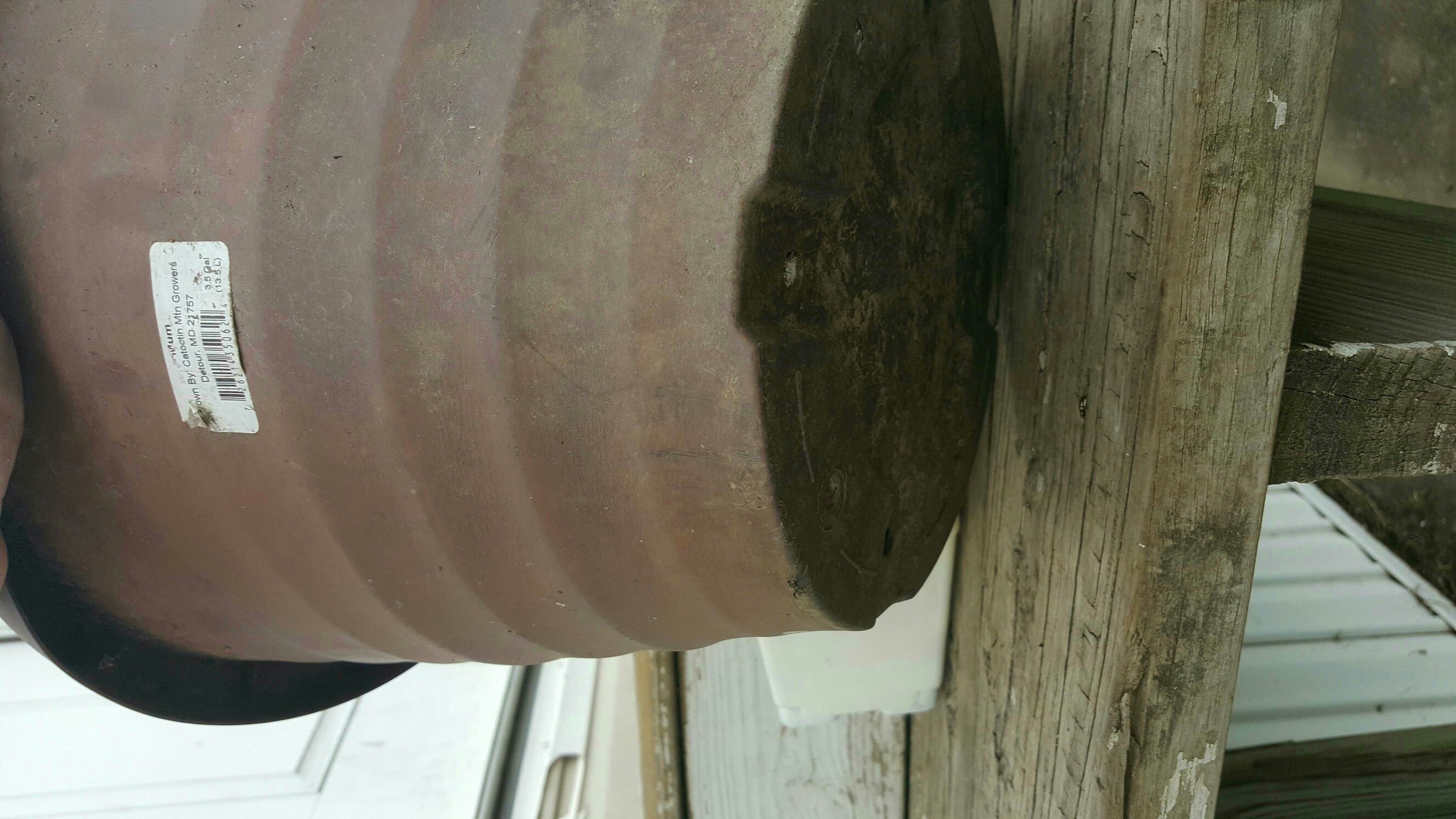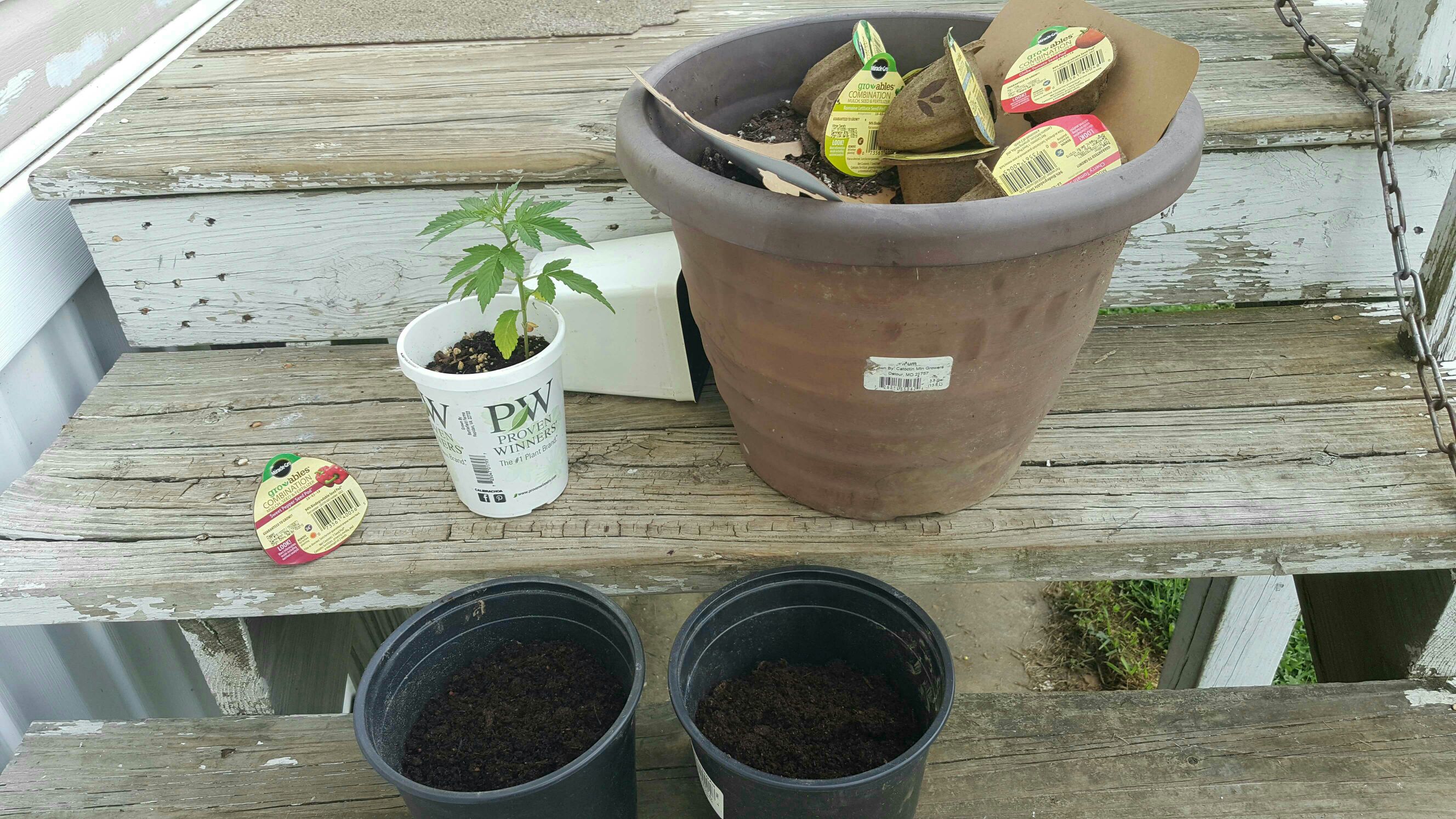- Thread starter
- #21
Bacondoggy
New Member
Thanks for that! Now I'm struggling with whether I should fim, top, pinch the top off, or none and do lst. Lst I want to try no matter what but still.... is it ready to top, and if so, should I and what method??Dunno - still skeptical.
I agree with a lot of the article but there is plenty that doesn't sound right to me and there is no evidence or data to back up the claims made.
They mention teas are brewed and have a very limited shelf life. This is while they are being bubbled in near ideal conditions. No mention is made of what happens to the bacteria when it is blasted by the sun and is bone dry. "You envelope the plant with living organisms". True, but for how long? Seconds?
I've been taking brix readings for more than a year. Anyone who does it will tell you the numbers can vary tremendously. I think the theory is correct, but when you cover the plant with sprays, the brix readings are contaminated. You aren't able to read the minerals and sugars dissolved in the sap alone. All the crud on the surface gets included in the sample which always raises the numbers artificially. I've not seen any proof that ties brix to potency or flavor and that's about all I care about.
The article also mentions you need to use low concentrations for foliar sprays. That means you can't apply much in the way of nutrients with this method unless you spray daily. If you spray a lot, I'm convinced you clog up stomata and cause more harm than good.
I guess I stand by my previous post. It works - especially for a quick treatment for a mild deficiency. I still think it is a "vitamin supplement" good for about 10% of what a plant needs. In the end, I don't care for it much. I've done a lot of foliar feeding and it is usually feels like too much work for the return I see. It does make it more difficult to spot problems early that appear on leaves. I'll leave my spraying for bugs.
BTW, my highest brix plants (18-19) also had some of the worst mite infestations, so I call "BS" on brix stopping pests. The way to higher brix is through the soil. Highly mineralized - lots of rocks, and the necessary bacteria to eat those rocks, turning them into plant food. That's the whole idea behind the high brix grows I've been a part of.
Like AK said, if it works for you, do it!

